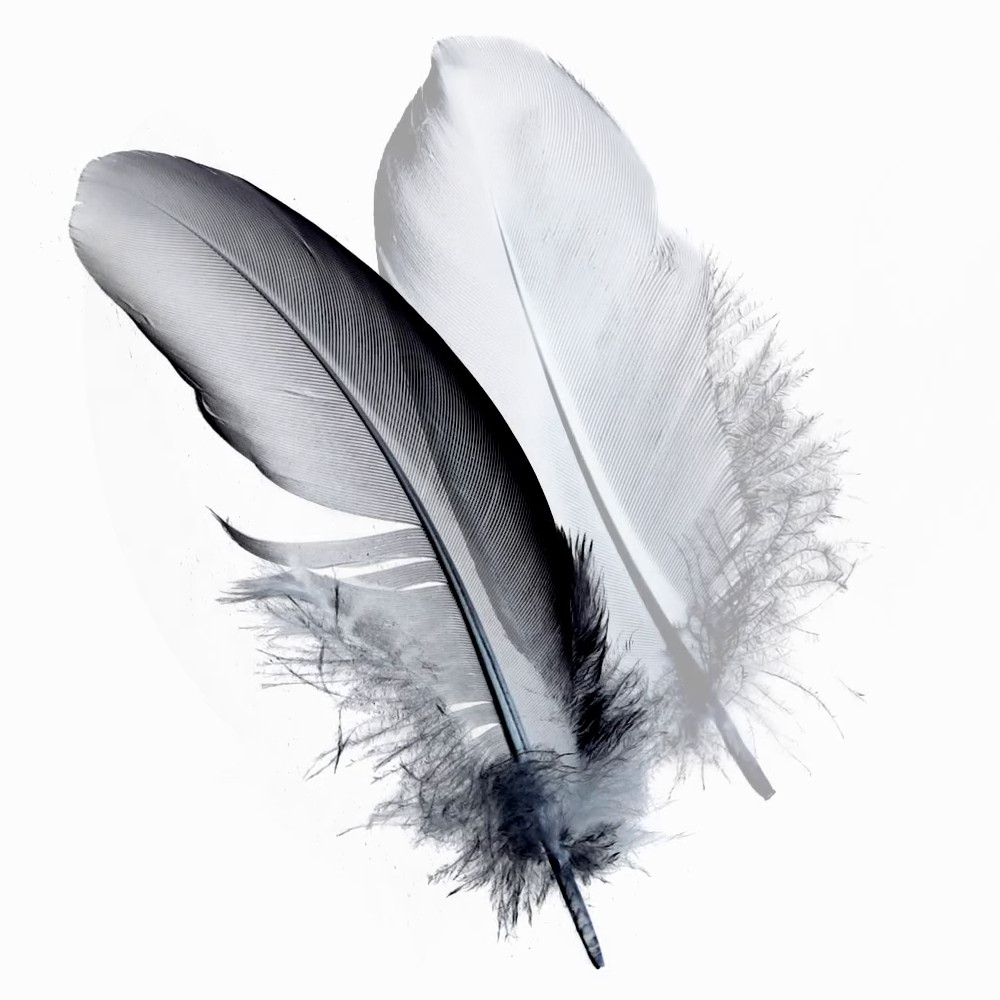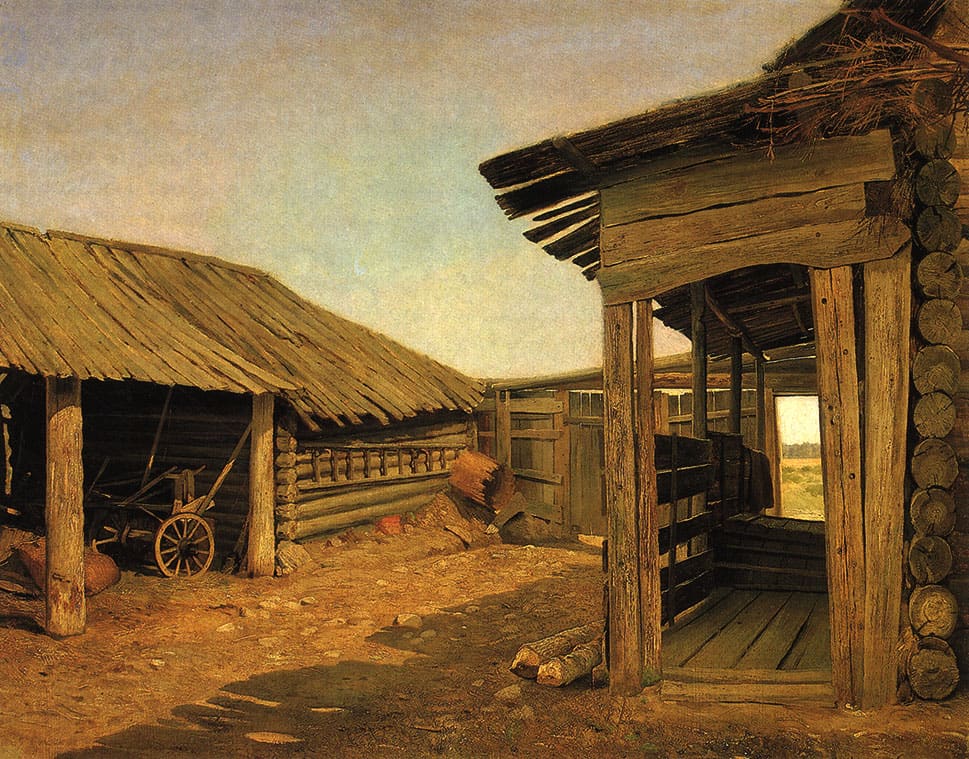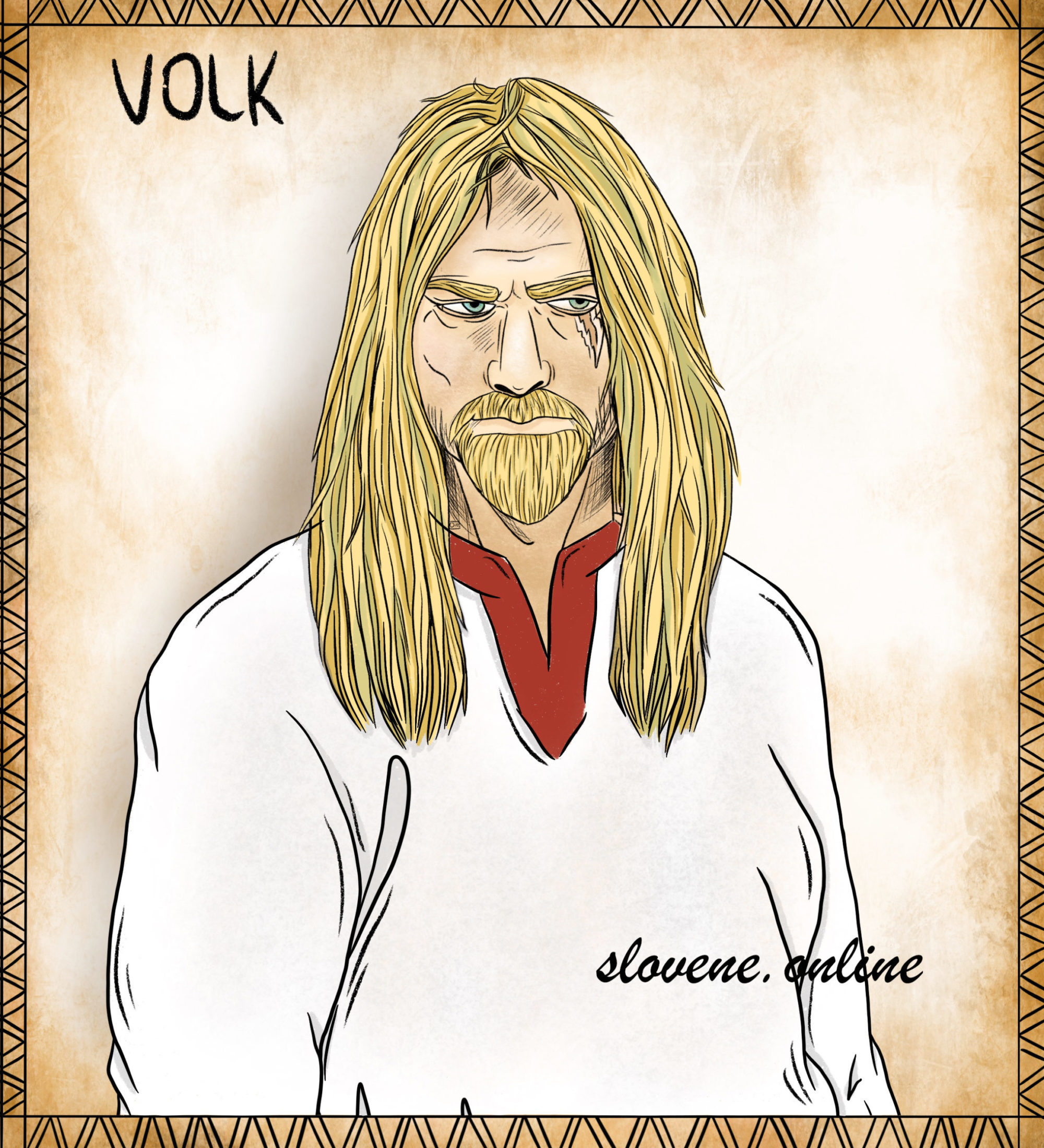Feather in Slavic tradition: from black magic to amulet for happiness.
ꏍ
Ancient Slavs associated feathers not only with birds, but also with some demonic creatures. According to southern Slavic beliefs, a demon man with feathers on his body was born once in a while as a protector of the countryside. Bulgarians believed that Vilas had feathers on their dresses. The spirit of wealth Mamnik (or Mamyak) was believed to have a form of a feathered black chick, who was hatched from an egg under the dress of a witch. By throwing his feather into a neighbor’s barn, the witch could “steal” milk from other people’s cows.
ꏍ
A disgruntled Domovoi could pluck feathers on the head of chickens. To avoid this, a talisman called “Chicken God” was hung in the henhouse. And if a cunning chicken seller in Poland snatched three feathers from under her wing and quietly casted the incantation: “Tobie mięso a mnie pierze” [Your meat, and my feathers], then the chicken would stop laying eggs.
ꏍ
Feathers were also used in wedding ceremonies. Ukrainians decorated the bride’s wreath with long feathers. In Poland, a young couple were gifted with a feather. The oven was swept with feathers before baking a loaf. And the bride during the wedding held a feather in a stocking for good luck.
ꏍ
Do you pick up bird feathers? How do you use them?
ꏍ
To be continued….
ꏍ
Yard inhabitants in the Slavic tradition
The Russians believed that Domovoi / Dvorovoi (derived from “dvor” – yard) lived in the yard, and that the welfare of livestock and poultry depended on him. He had to be appeased, and even the choice of animals when buying and selling was connected with his supposed “taste.” In the Kostroma region, in order to protect the newly purchased cattle from Dvorovoi, people took bread and salt and went into the yard, where they bowed and said: “Father, Dvorovoi, dear yard keeper, love our cattle.”
ꏍ
In Polish Pomerania, it was believed that after sunset the souls of the dead wander in the yard. Therefore, in the evening, one cannot pour water into the yard, especially on memorial days, otherwise you can pour over the spirits. After sunset, the Kashubs did not take water from the well, did not throw out garbage, did not let the dogs off the leash, did not stand under the roof by the drain during the rain. The Belarusians and Bulgarians did not use the baby bedsheets that were accidentally left in the yard after sunset. And Slavs in the Carpathian region, did not sleep in the yard on Rozygry day (the Monday which followed the Rusalia Week), because at that time the spirits living in the forest circle around the houses and can drag a sleeping person into the forest.
ꏍ
What other mythological tenants or visitors to the yard do you know?
ꏍ
To be continued…
Artist: Ivan Shishkin
ꏍ
Lapti (bast shoes) and evil spirits
Lapti (bast shoes) and evil spirits.
ꏍ
Bast shoes are often mentioned in connection to mythological creatures. Leshy and Polevik (field spirit) are often portrayed wearing lapti. Weaving bast shoes is a favorite activity of evil characters, and Vodyanoi in particular.
ꏍ
Bast shoes were also used to appease evil spirits. Vologda fishermen and millers threw bast shoes into the water to get help from Vodyanoi. If the cattle were lost, the peasants of the Smolensk region appealed to Rusalki. They went to the forest and brought with them bast shoes, footcloth, bread & salt and left it in a sack on a tree with the words: “Please, Rusalki, accept my gift, and return the cattle!”. In the Kostroma region, when moving to a new house, the owners went to the old yard with one bast shoe and invited Domovoy to go with them in that shoe. In the Vladimir region, people supplied Domovoy with shoes, by hanging old worn “little lapti” in the yard.
ꏍ
The need for shoes for Domovoy is understandable. But what would Rusalki do with them? 😉
ꏍ
More interesting facts can be found in: “Slavic Antiquities” – encyclopedic dictionary in 5 volumes by Institute for Slavic Studies of the Russian Academy of Sciences.
ꏍ


